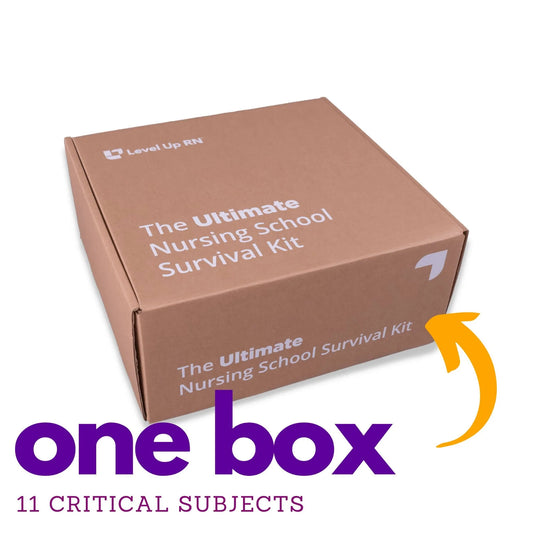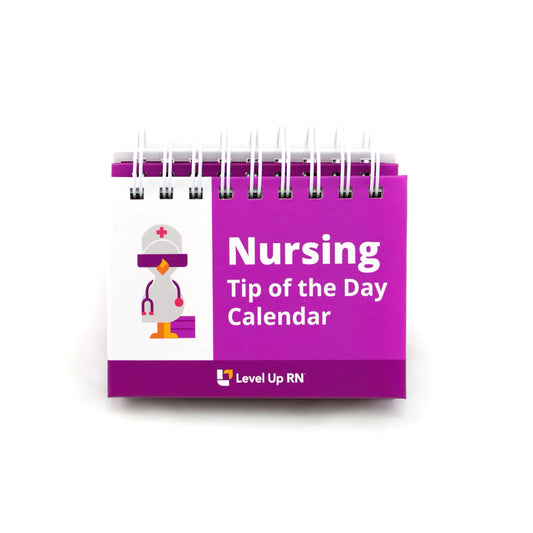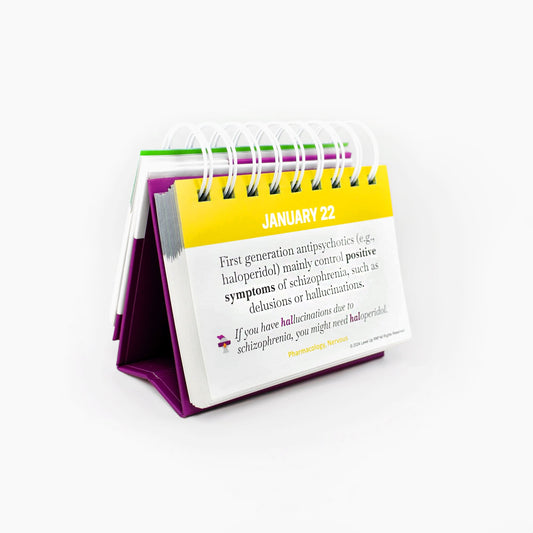- 00:18 What is diverticulOSIS?
- 1:08 What are the symptoms of diverticulOSIS?
- 1:22 What is diverticulITIS?
- 2:01 What are the symptoms of diverticulITIS?
- 2:17 What are complications of diverticulITIS?
- 2:54 How is diverticular disease diagnosed?
- 3:16 How is diverticular disease treated?
- 4:54 How can I prevent diverticulITIS?
Ask a Nurse - Diverticulosis & Diverticulitis
Updated: Cathy Parkes
Full Transcript: Ask a Nurse - Diverticulosis & Diverticulitis
Full Transcript: Ask a Nurse - Diverticulosis & Diverticulitis
Hi, I'm Cathy with Level Up RN. In this episode of Ask a Nurse, I'll be answering your questions about diverticular disease, such as what's the difference between diverticulosis and diverticulitis, and how is diverticulitis treated, and how can I prevent diverticulitis? Diverticulosis is a condition where small pouches are sacs called diverticula develop in the colon, typically in the lower part of the colon. It is extremely common in older adults. In fact, it is estimated that half of adults over the age of 60 have diverticulosis. The exact cause of diverticulosis is not known, but there are a number of factors that increase an individual's risk for having diverticulosis. This includes a diet that is low in fiber and high in red meat as well as lack of exercise, obesity, smoking, medications such as NSAIDs and steroids, and a family history of diverticulosis. So the majority of people with diverticulosis do not have any symptoms. However, a small percentage of people with diverticulosis may have symptoms such as bloating, constipation, and mild cramping.
Diverticulitis occurs when those diverticula, the pouches that form off of the colon become inflamed and infected. So anytime you see -itis in a medical term, that means inflammation of whatever's in front of -itis. So in this case, with diverticulitis, we have inflammation of the diverticula. So most people with diverticulosis will never get diverticulitis. In fact, it is estimated that less than 5% of people with diverticulosis will ever get diverticulitis. Symptoms of diverticulitis can include severe pain that typically occurs in the left lower side of the abdomen. Other symptoms include fever and chills, nausea and vomiting, and possibly blood in the stool. If you have any of these symptoms, it's definitely important to seek medical attention right away. Serious cases of diverticulitis can result in complications such as bleeding, the formation of an abscess, as well as an intestinal obstruction, which is a blockage that prevents food or liquid from moving through the intestines. It can also cause a perforation, which is a tear or hole in your colon, and it can also result in something called peritonitis, which is inflammation of the lining of your abdominal cavity. In terms of diagnosis of diverticular disease, some tests that may be ordered by your provider include a CT scan, a barium enema, as well as a colonoscopy. And some people find out that they have diverticulosis for the first time when they are getting a routine colonoscopy.
In terms of treatment of diverticulosis, treatment is typically not necessary, as most people don't have symptoms. However, if you do have chronic symptoms associated with diverticulosis, your provider may recommend a high-fiber diet as well as fiber supplements and possibly probiotics. In terms of treatment of diverticulitis, it really depends on the severity of symptoms. For uncomplicated diverticulitis, a clear liquid diet is typically recommended in order to rest the colon, and then pain can be addressed with an over-the-counter pain reliever such as Tylenol, and an oral antibiotic may be prescribed by your provider as well. And then once your symptoms start subsiding, then you can add solid food back into your diet, starting with low-fiber foods such as white bread, eggs, and chicken. When your symptoms completely resolve, then you do want to add high-fiber foods back into your diet gradually. Individuals with complications associated with diverticulitis will require treatment in the hospital, so treatment will include the administration of IV fluids and IV antibiotics as well as pain medication. Blood transfusions may be necessary for patients who have bleeding, and surgery may be required for some of the complications we talked about earlier, which include abscesses as well as perforation. And in some cases, part of the colon may need to be removed.
Lifestyle and diet modifications that can help prevent diverticulitis include consuming a diet that is high in fiber, so a diet that contains lots of veggies, fruits, and whole grains, as well as a diet that is low in red meat. In addition, engaging in physical activity on a regular basis and maintaining a healthy weight can help prevent diverticulitis, and then quitting smoking is important as well if that is applicable to you. So in the past, many providers have recommended that individuals with diverticular disease avoid popcorn, nuts, and foods that contain seeds with the concern that these foods can collect in the diverticula and lead to inflammation and infection, and some providers may still recommend that you avoid these things. However, recent research has shown that these foods do not actually increase the risk for diverticulitis.
All right. That's it for this episode of Ask a Nurse. I hope you have found it helpful. And if you have a health topic or question you want me to address in a future episode of Ask a Nurse, then definitely leave that in the comments. Stay informed and stay well.




